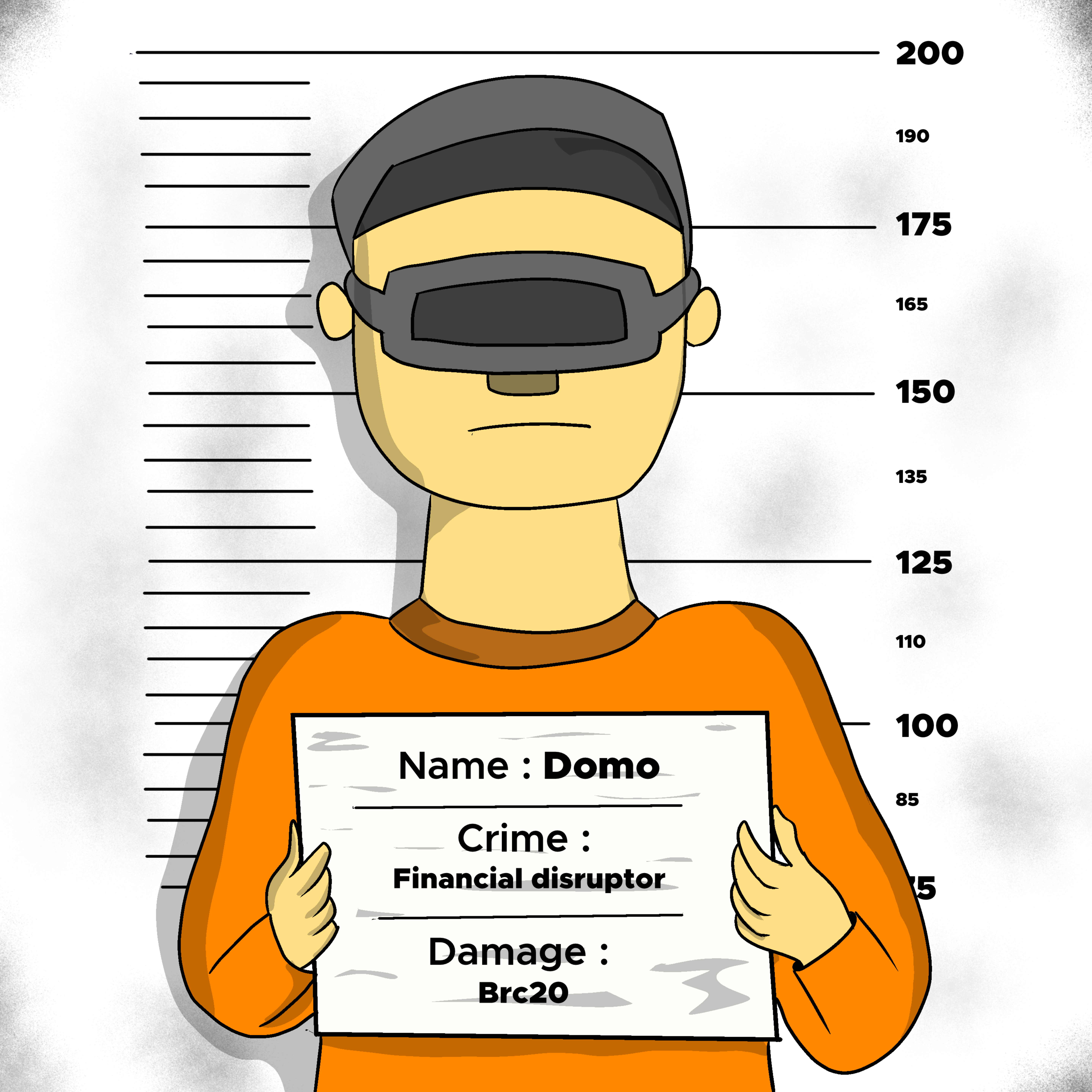The Atomicals Protocol - ARC20
The Atomicals protocol introduces a revolutionary approach to tokenization on the Bitcoin blockchain. Developed by Arthur, the protocol overcomes limitations of existing standards to bring forth innovative concepts such as DMINT, Bitwork, ARC-20, and RNS (Realms). This whitepaper delves into the principles of these product innovations, focusing on the ARC-20 token standard and comparing it with Ordinals and BRC-20 tokens.
Introduction
The inception of the Atomicals protocol marked a pivotal moment in token standards on Bitcoin. Arthur, the founder, identified limitations within existing protocols, leading to the development of Atomicals. Launched on September 17, 2023, Atomicals has since introduced groundbreaking concepts reshaping tokenization paradigms.
Understanding ARC-20 Tokens
Genesis of ARC-20
ARC-20, part of the Atomicals protocol, leverages colored coins to represent ownership using individual satoshis.
These tokens are fungible and designed to complement existing protocols while bringing colored coins to Bitcoin.
Functionality of ARC-20
Minting and Transferring: ARC-20 tokens are minted, transferred, and updated through the Atomicals protocol, facilitating token creation and management. The minting process involves creating mint JSON NFTs and participating in priority gas auctions to finalize the minting of tokens.
Minimum Value Assurance: Each ARC-20 token is backed by one satoshi, ensuring a minimum value and aligning with Bitcoin's 'digital gold' narrative. Interchangeability: ARC-20 tokens are flexible, divisible, and can be combined like Bitcoin, enhancing usability and interoperability.
Minting ARC-20 Tokens
Minting Methods
Decentralized Minting: Users can mint ARC-20 tokens in a decentralized manner, ensuring transparency and security.
Direct Minting: Direct minting options are available for streamlined token creation and deployment.
Ordinals vs. ARC-20 vs. BRC-20: Comparing Token Standards
Similarities
Utility: All three standards facilitate tokenization on the Bitcoin blockchain, albeit with different approaches.
Asset Representation: They enable representation of assets, whether non-fungible (Ordinals) or fungible (ARC-20, BRC-20).
Differences
Protocol Integration: Ordinals inscribe data directly on satoshis, BRC-20 tokens are experimental fungible tokens, while ARC-20 links tokens to satoshis within the Atomicals protocol.
Taproot Usage: Ordinals and Atomicals use Taproot addresses, with Atomicals focusing on minting and updating, while Ordinals cover all use cases.
Token Flexibility: Atomicals supports multiple files upon minting, enhancing token functionality compared to Ordinals.
The Future of Atomicals and ARC-20 Tokens
Product Innovations
DMINT, Bitwork, RNS: These concepts expand the Atomicals ecosystem, offering diverse tokenization solutions.
AVM (Atomicals Virtual Machine) and Split Schemes: Upcoming features to enhance protocol capabilities and user experiences.
Conclusion
The Atomicals protocol, driven by the ARC-20 token standard, exemplifies innovation in the Bitcoin tokenization landscape. As the protocol evolves and new features are introduced, Atomicals and ARC-20 tokens are poised to redefine digital asset representation and management on the Bitcoin blockchain.




